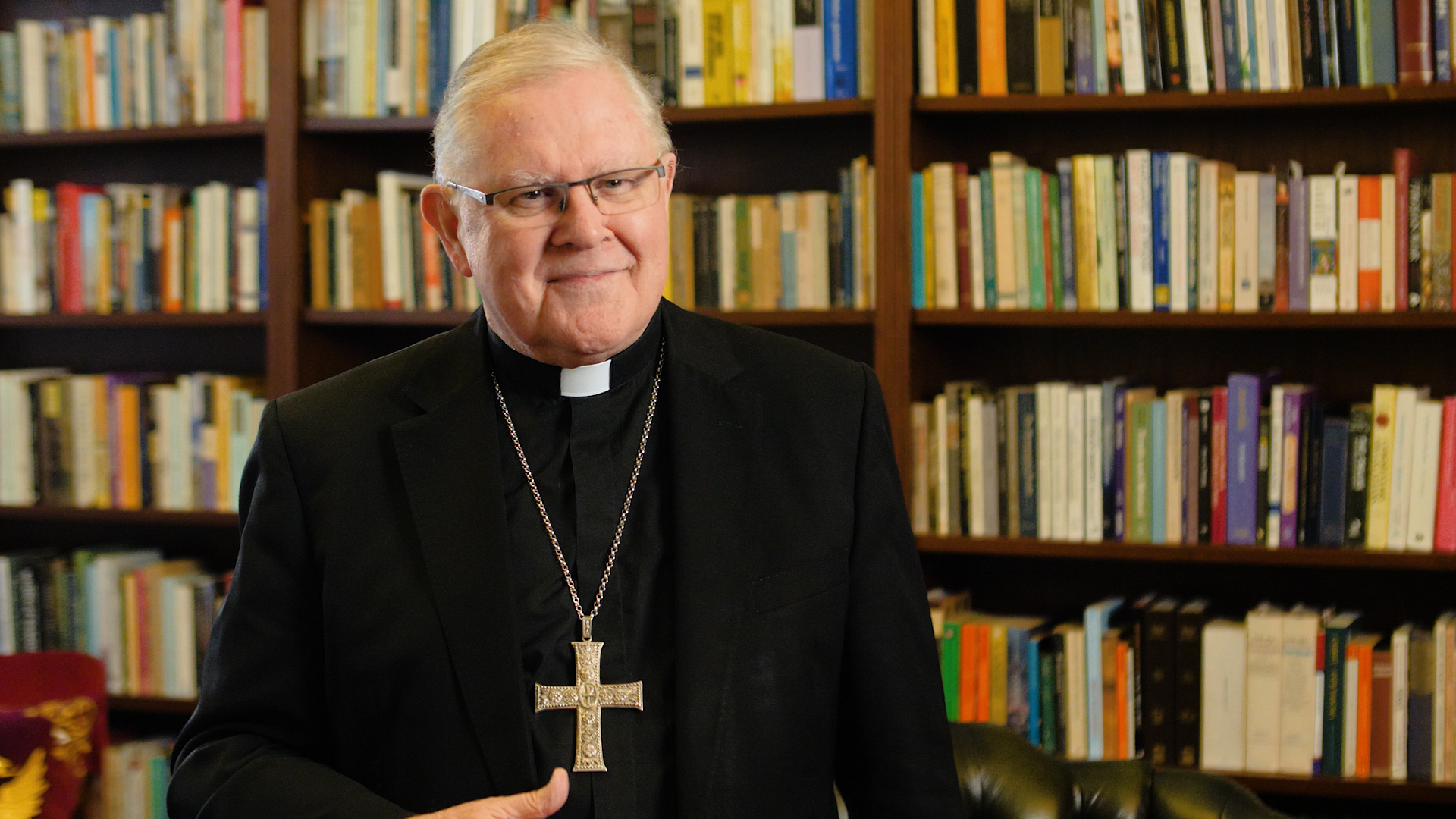I’ve been surprised by the attention this blog has garnered. One thing it shows is the high level of interest in this Synod right around the world and in some surprising quarters. One question that’s been put to me is: why did you decide to do the blog? The simple answer is: because I was asked. The communications people at the Australian Bishops Conference and in the Archdiocese of Brisbane suggested that I blog before and during the Synod.
I was a bit reluctant at first because I’d been told by people who’ve done blogs that it really can eat into time, and that’s not something I wanted. I had enough on my plate. I also said that I’d tried to keep a diary in the past but had failed miserably. I feared the blog would (will?) go the same way. But eventually I said I’d give it a go, and that’s what I’m doing.
I’m also surprised how the blogging seems to fit in with the rhythms of the Synod day. I tend to scribble early in the morning or after lunch and (as you can probably tell) the posts are written quickly. I don’t spend hours poring over them, and I keep saying to the communications people that they need to be carefully proof-read.
Another reason why I was prepared to have a go at a blog is that, in the time between my election to the Synod in early May and the start of the Synod last week, I’d become convinced that this Synod, though called a Synod of Bishops, had to involve as many people as possible. We had to be on the road together. It’s really a Synod of the Church.
In my preparation for the Synod, as I listened to as many voices as possible at all points of the spectrum, I came to think that the bishops sitting in the Hall are really a bunch of antennas. They’re not just spouting their own profundities or putting their own concerns; their voice isn’t just personal. It is of course personal at some point but it’s also symphonic in a larger and more complex way. Each bishop is, or ought to be, in some sense the “vox populi”.
I’m also keen to help people see that the Synod isn’t just some big impersonal institutional horror, stripped of all humanity and humour. Quite the contrary. So I’d like the blog to show the human side of the Synod, which is at least a large gathering of very interesting people from all corners of the globe. That alone makes it intensely human. Then there’s the figure of Pope Francis who has given a new kind of human face to the papacy. In one sense, he has demystified the office – which is something that John Paul II and Benedict XVI did in their very different ways.
The Synod too needs to be demystified. And the paradox is that, if its human face appears more clearly, you begin to see, perhaps in a new way, that there is “something greater than Solomon” at work here. To demystify is not to diminish. The only thing that diminishes a Synod is the drive to turn it into a political caucus where power is what really matters.
This morning we head back into the Hall and the plenary assembly – donning again the soutane, sash and beanie. The Pope won’t be with us before lunch because he’s got the General Audience, during which I expect him to give the Synod a mention. It’ll be interesting to see what he says. We in the Hall will be listening to the reports from the 13 small groups on the discussion of Part II of the working document on the vocation of the family. They too could be interesting as a gauge of what’s emerging from the ruck in the Synod. I have a sense that some things are clarifying as we move to the midpoint, and the reports this morning, which will be published, will tell us more of that.
